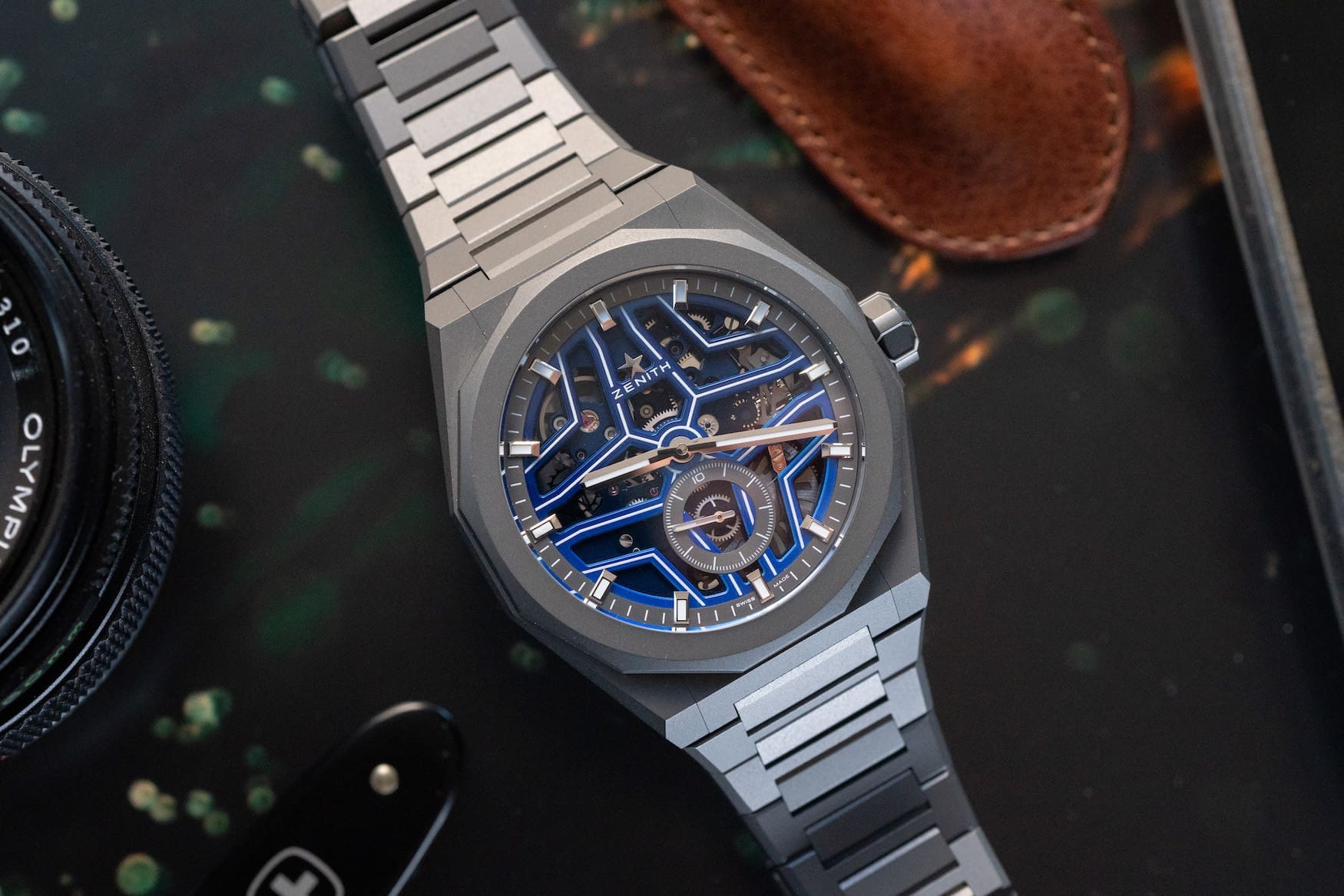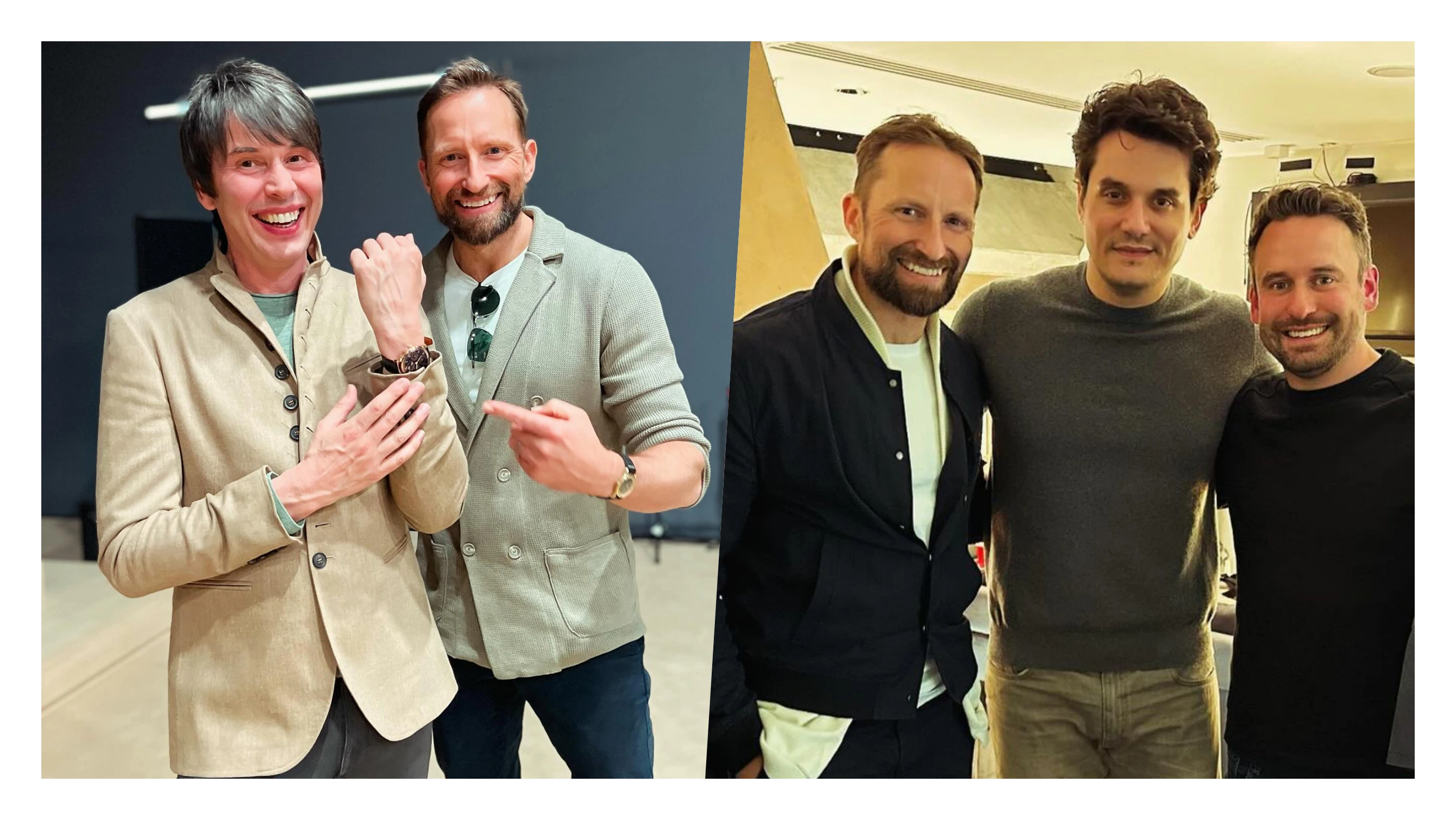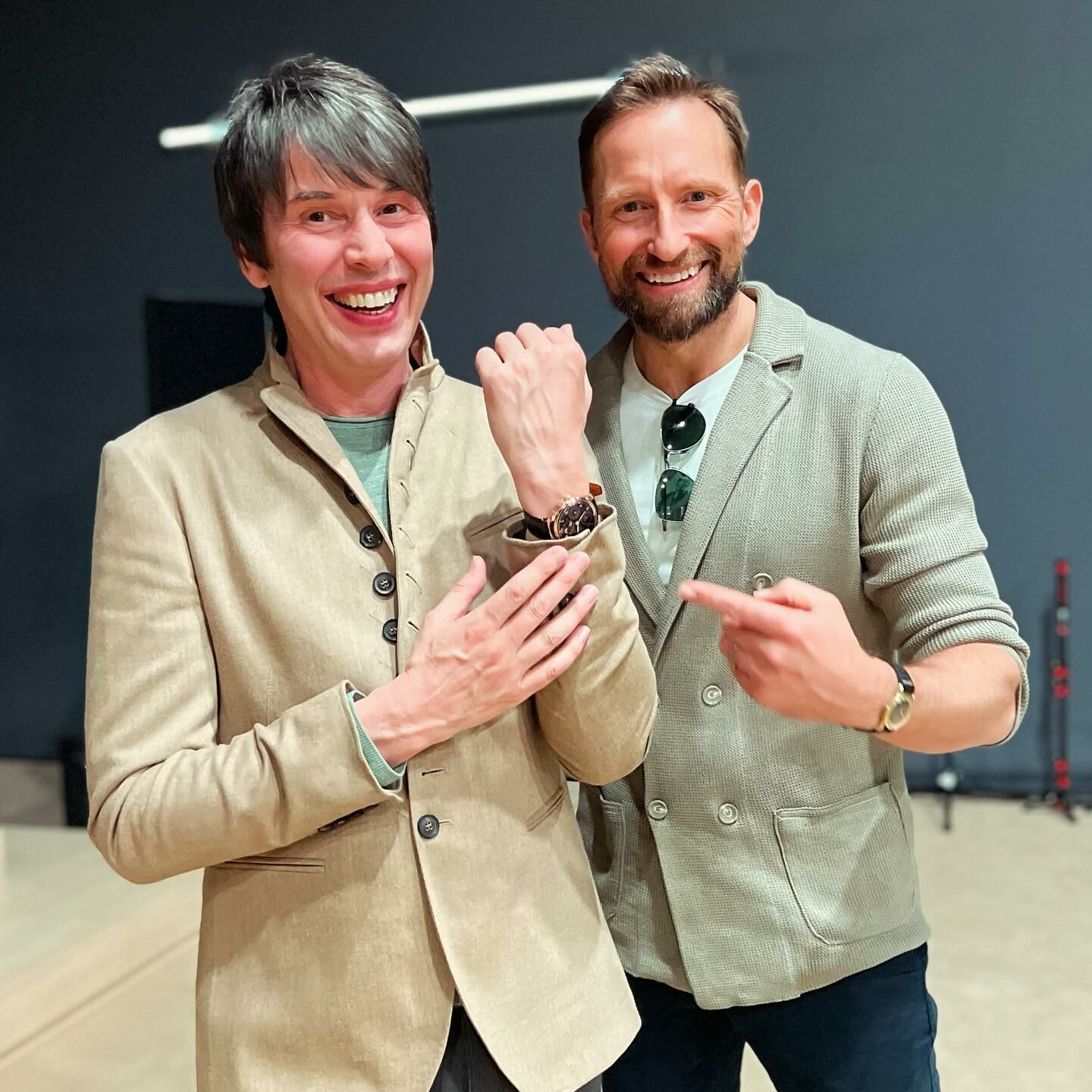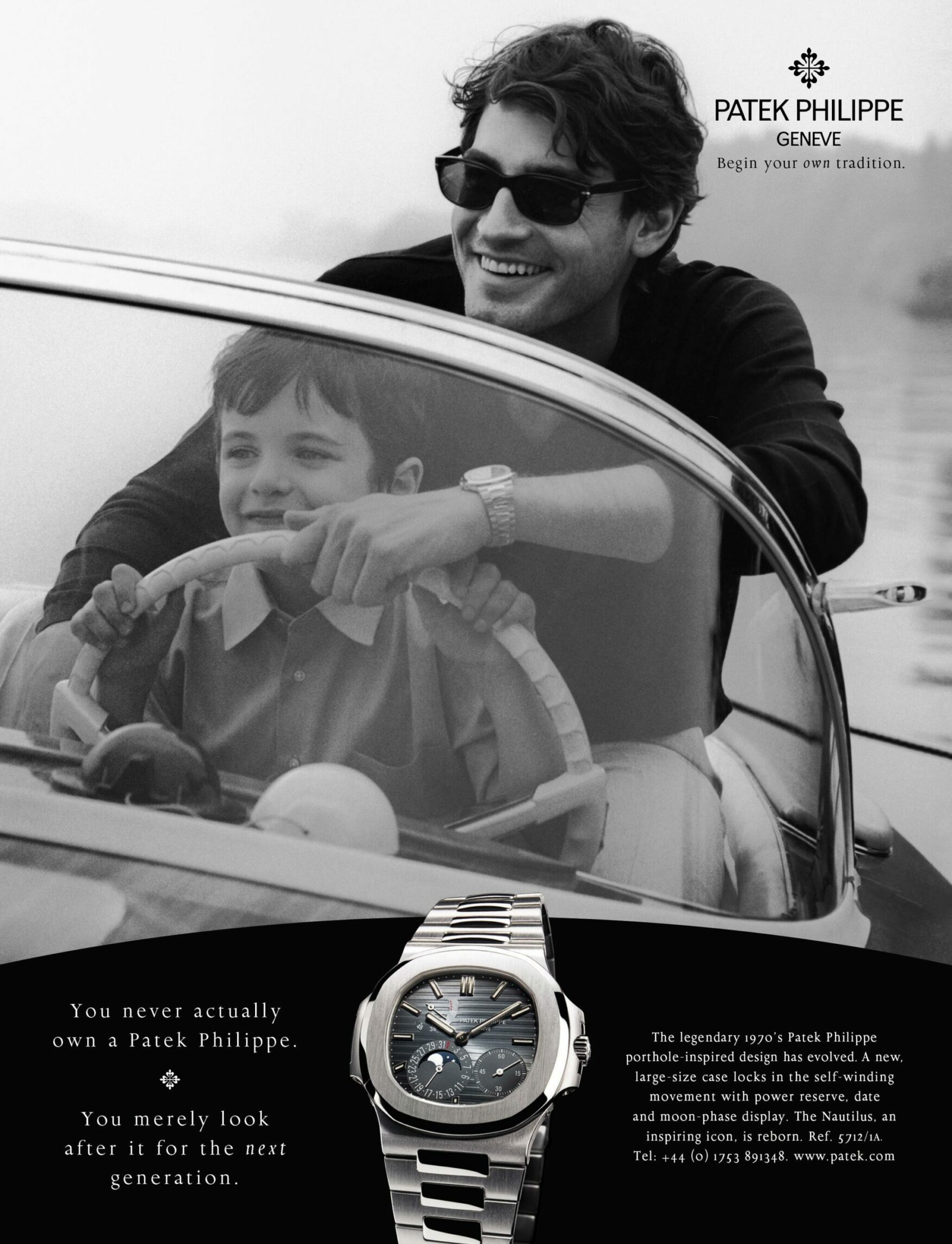Andrew weighs in on influencer marketing in the watch industry with Vogue Business
Zach BlassThe watch industry, largely speaking, is a slower-moving and more traditional one. Yes, major innovations and automation have entered the space at an industrial level – Tudor’s new manufacture is a prime example. Watch manufacturing has never been more high-tech, and watches are crafted in a much wider variety of materials than ever before. But, how brands communicate about watches, for the most part, has had a slower boom. Of course, brands have, in obligation and necessity, embraced social media platforms and digital media. Within the last few years, however, brands have begun to work with, rather than fight against, creators on these platforms in varying degrees of partnership. Vogue Business recently explored the phenomenon of influencer marketing growing within the watch world, and our own Andrew McUtchen was one of a select group to weigh in on this important topic.
“Watches are purchases that need a lot of validation. The left brain ultimately needs to be validated to spend $10,000 on a little machine that has 167 moving parts.” – Andrew McUtchen
As Andrew noted to Vogue Business journalist Laure Guilbault, watches are completely unnecessary objects that need a lot of romantic validation to convince the average watch buyer to drop quite a sum of money on an obsolete means of keeping time.
Traditional imagery of decadence, sophistication, and generational tag lines such as “You never actually own a Patek Philippe. You merely look after it for the next generation” have hit their saturation point in their effectiveness in a world where, regardless of industry, consumers turn to tastemakers and experts, in both written, audio, and video/audio mediums, to help guide their purchase journeys.

The first bridge for watch brands to begin capturing horological audiences within the digital landscape was the rise of online watch publications. Whether that’s Time+Tide, Hodinkee, Fratello, Monochrome, or any others, they’ve all had a part to play in ushering in this era. We all have varying approaches to tackling the latest news in watches, but, as publications at our core, a familiarity in framework existed for traditionally cautious watch manufacturers – simply a jump from print to online.
With this access, online watch publications initially became the next generation of influencers and tastemakers – intentionally or not. Such trust and influence were established that they would later become, in some instances, retailers for watch brands or collaborators that would co-design watches for sale. Guilbault notes in their article: “Fifteen years ago, digital watch platforms didn’t have a seat at the watchmakers’ table. Now, some have become brands themselves and watch brands collaborate with them on limited editions and content.”
View this post on Instagram
Less of a known quantity, however, were the rising rogues of the watch community – individuals who leveraged their stations as outsiders of the industry, looking in to placate a growingly cynical watch community as publications and brands strengthened their ties commercially. The first wave to be embraced, and only in recent years, were YouTube channels such as Adrian Barker’s Bark & Jack or Teddy Baldassarre, whose subscriber bases became too large to no longer seek leverage. The next and latest wave, however, have been social media-driven creators on Instagram and TikTok. The former is long-established as a hub of watch conversation, and the latter a burgeoning one with an alluring and untapped younger demographic (read: the next generation of collectors). Creators such as Mike Nouveau have irrefutably proven there is a demand, or at least an embrace of, less traditional watch content on social media. Perhaps less polished, and at least seemingly more raw and authentic.
View this post on Instagram
Guilbault, as many of us have observed within the watch industry, pointed out this pivot in strategy. “It’s an undercurrent at this year’s Watches and Wonders, which is catering more to Gen Z and female consumers. Watch brands have long favoured traditional communications centred around glossy campaigns and an exclusive – and sometimes stiff – approach, in line with their hefty prices,” Guilbault explained. “They are increasingly moving away from classic recipes to better connect with young and expert consumers eager for authenticity and playfulness. Marketing strategies are evolving in step. Brands are connecting with an ecosystem of influencers and collectors; experimenting on TikTok and thoughtfully picking their brand ambassadors and collaborations. It’s ushering in a new era of connection between watch brands, known for tradition, and their target customers.”
View this post on Instagram
“The industry has entered a phase where even the celebrity ambassador needs to have a degree of watch cognisance. John Mayer for example, is a watch collector and a borderline watch expert, which was a perfect match for Audemars Piguet on their collaboration. In this type of partnership, a brand can leverage a new audience but the spokesperson actually knows about watches and their nuances. The people that brands are choosing have a deep loyalty existing or they can speak with knowledge and authority.” – Andrew McUtchen
With these shifting tides, traditional means of watch marketing and influencing, to use watch-speak, have hit their service interval – clearly in need of an overhaul. As Andrew explains above, with a more cognisant watch community, ambassadors for watch brands need to have a greater level of horological cognisance (or at least for the brand in question), as well. Gone are the days where an effective celebrity campaign is simply watching brand X placed on the wrist of celebrity ambassador Y. A stronger throughline between personality and product must be had, and those representing the brands need to have a genuine understanding of what they are representing. Brands have tried hard to recreate the magic of partnerships such as Omega and James Bond, which, in my opinion, will never be done. Outside of such a textbook example, we have seen particular success in the relationship between Patrick Dempsey and TAG Heuer thanks to Dempsey’s genuine enthusiasm for the brand, its watches, and its ties to motorsport that it comes across like he would carry out such ambassadorial duties even if he was not contractually bound to.
Andrew raised the recent news that musician John Mayer has taken on the role of “Creative Conduit” with the very prestigious Audemars Piguet. A known organic collector of the brand’s watches (and many others), his credentials as a true watch geek paired with the influence that results from his primary world of music positions him as a very strong ambassador. Not only that, he can also add value to their efforts in many ways – lending far more than simply his image and likeness.
For the full scoop, read Laure Guilbault’s full story Watchmakers are shaking up strategies to meet a new generation of aficionados.






